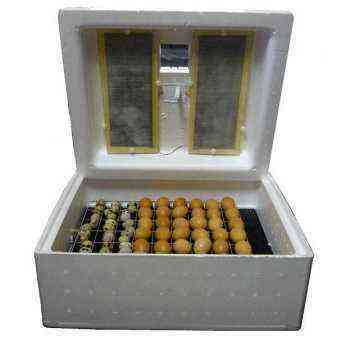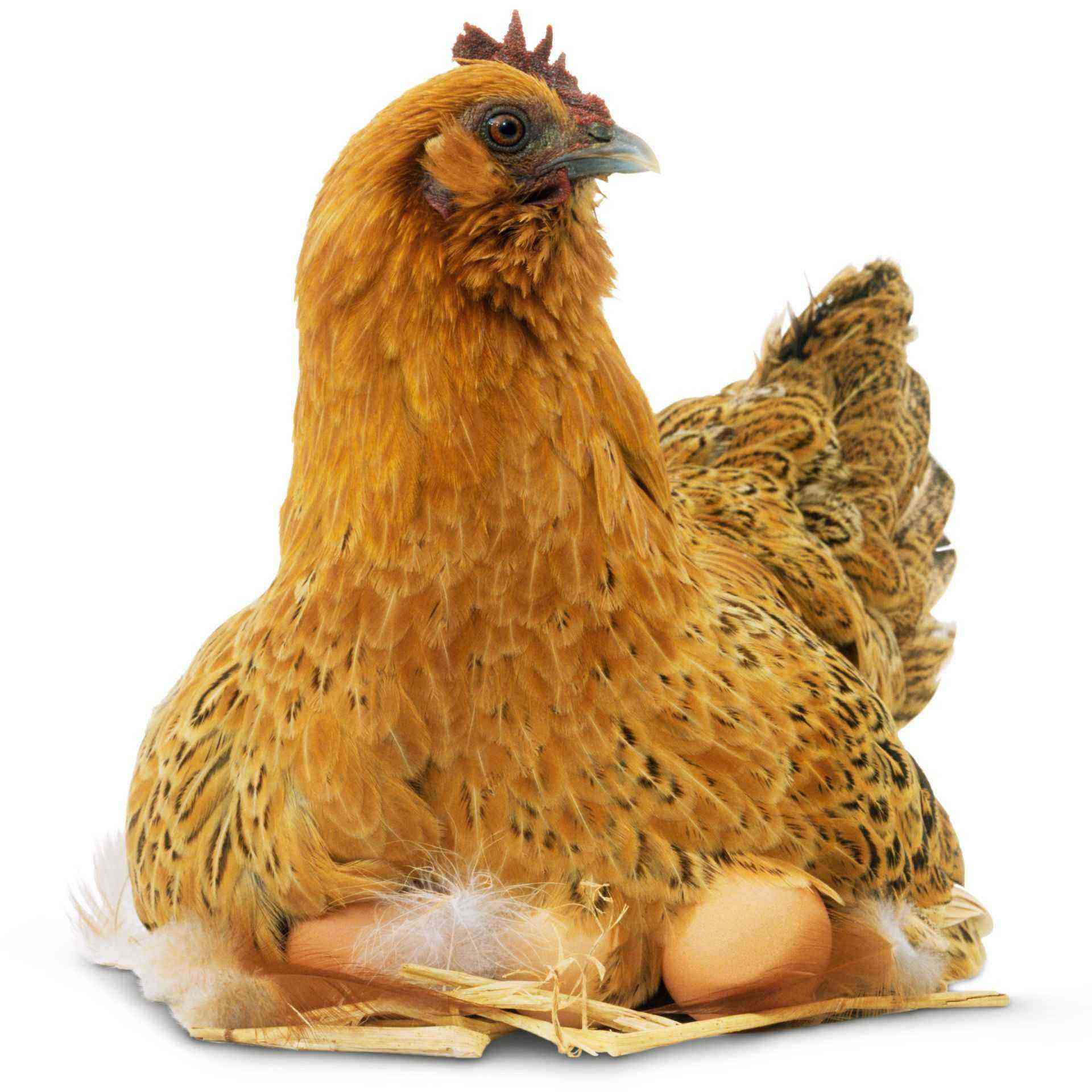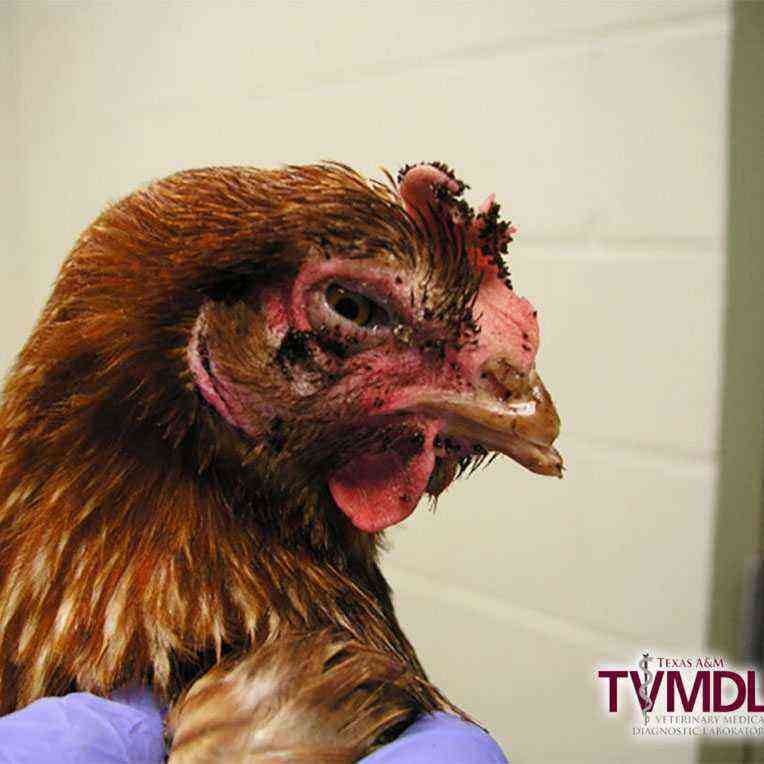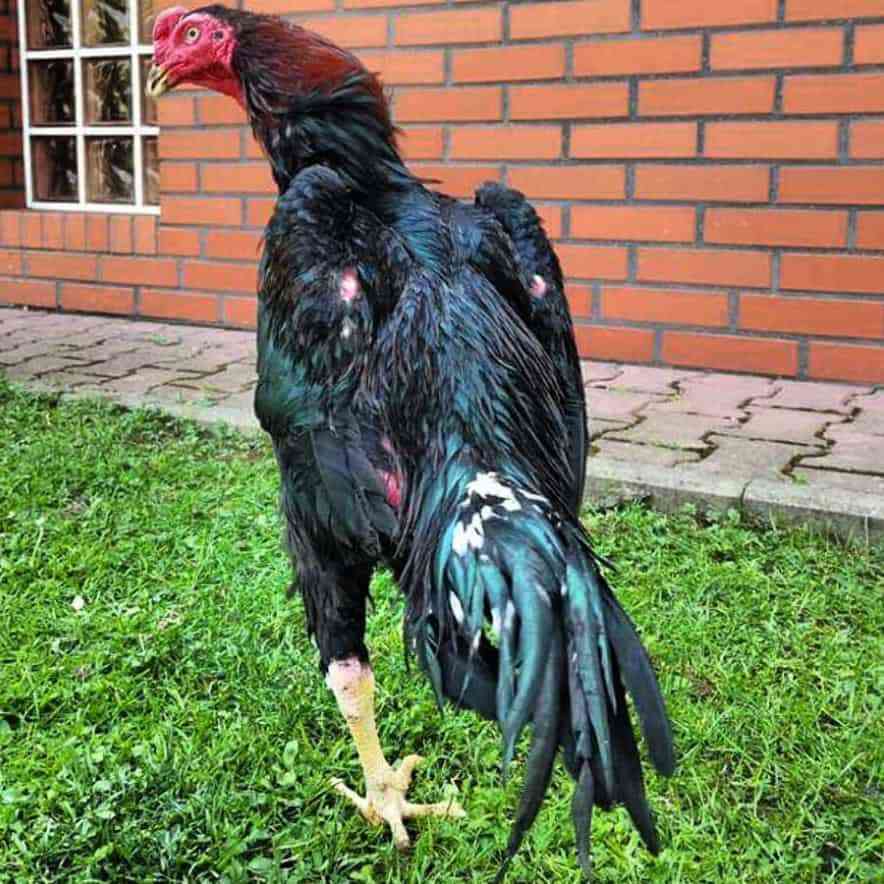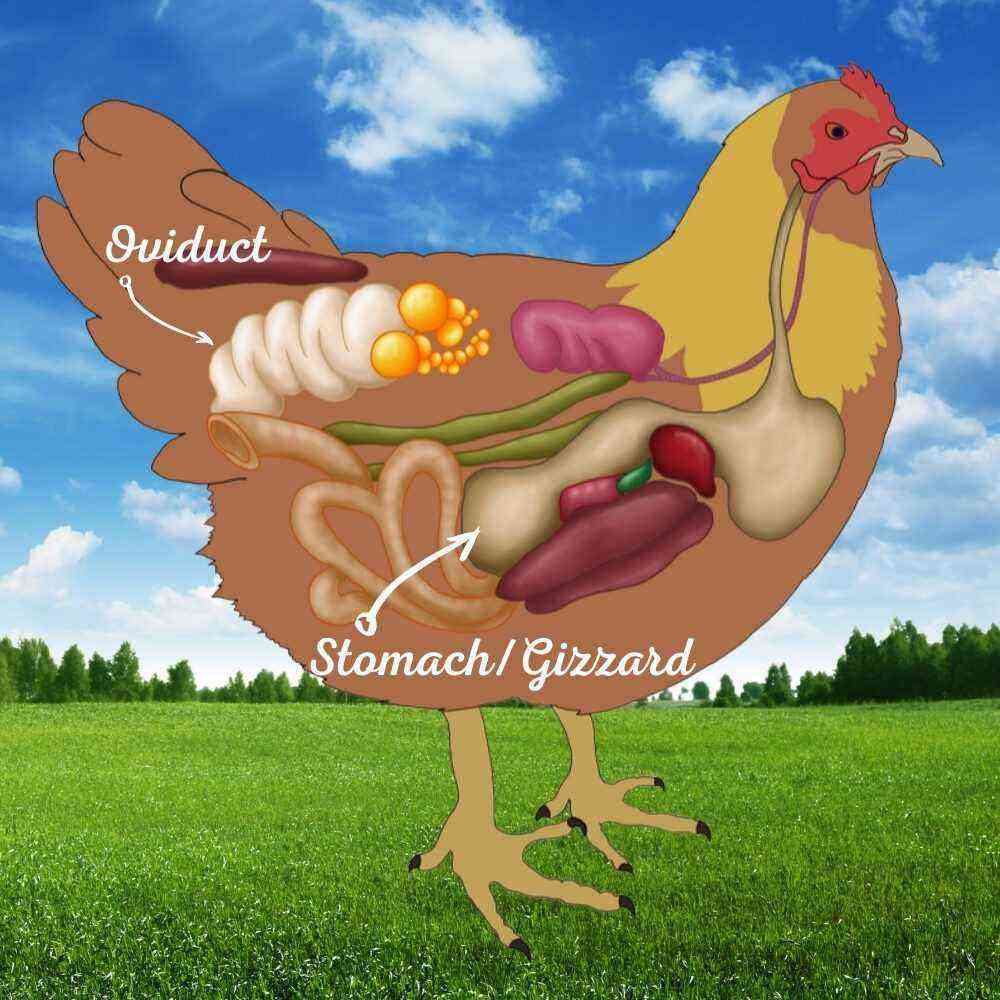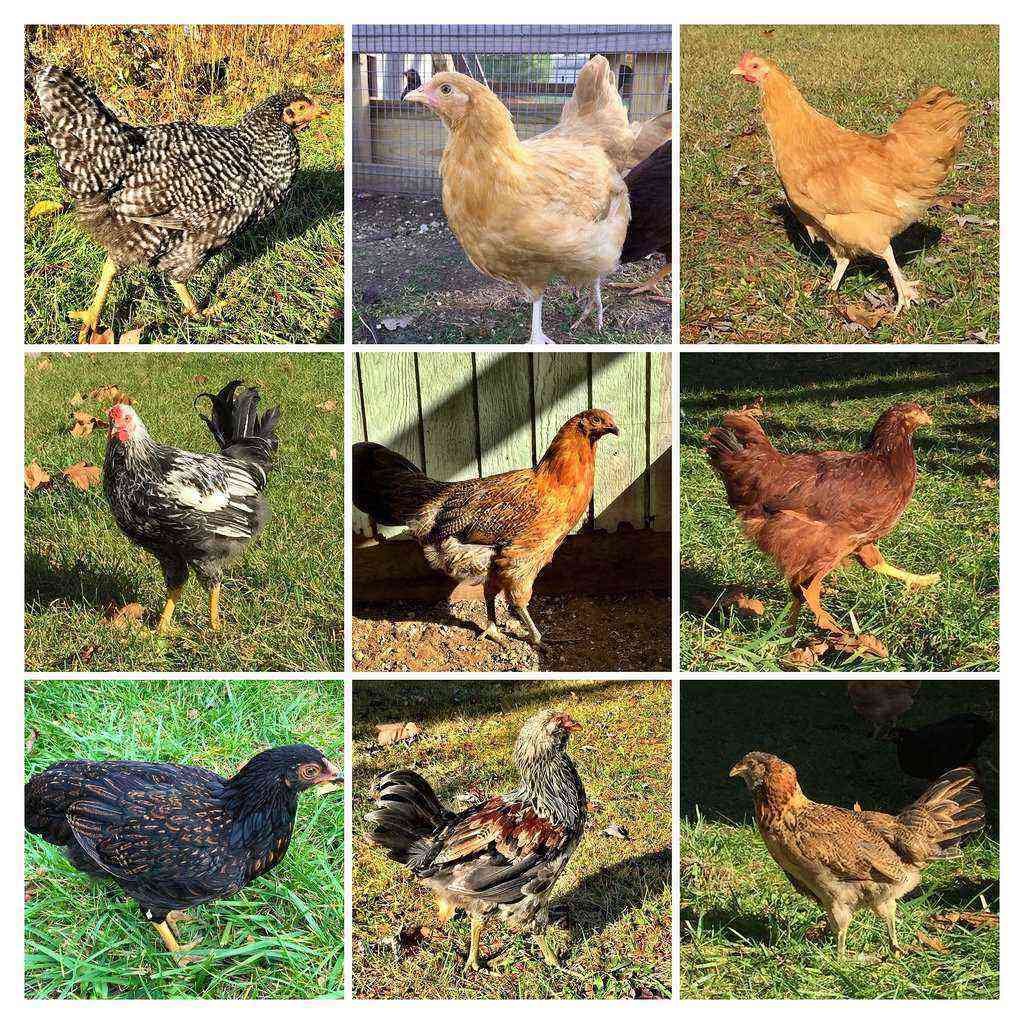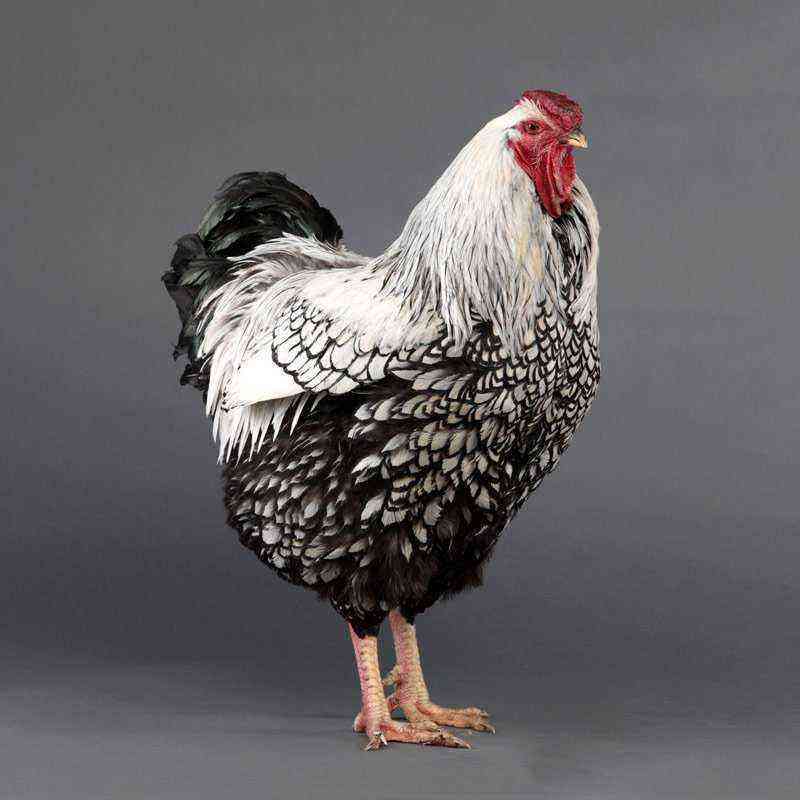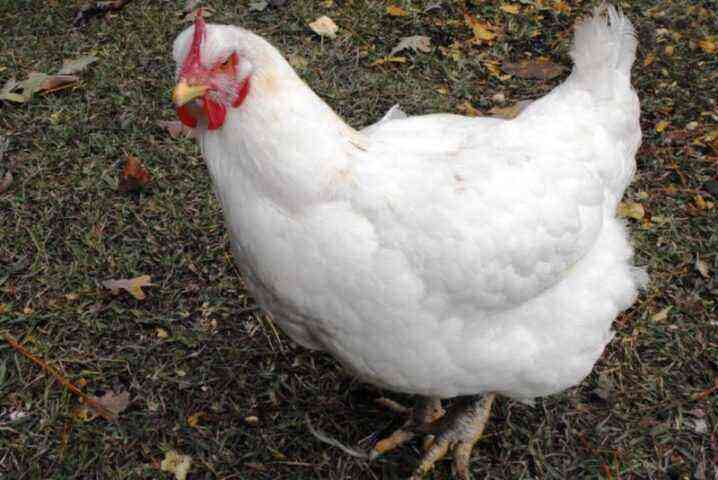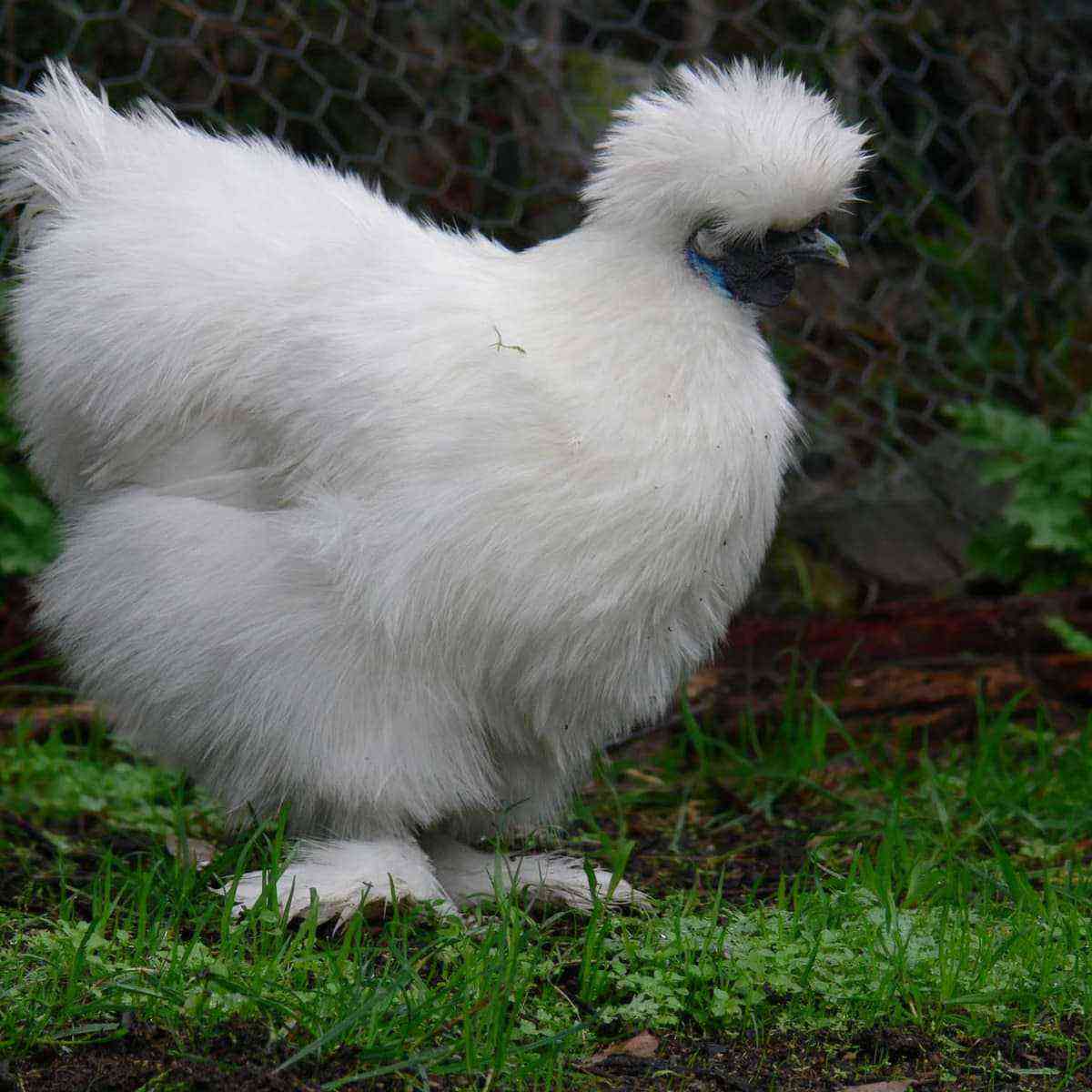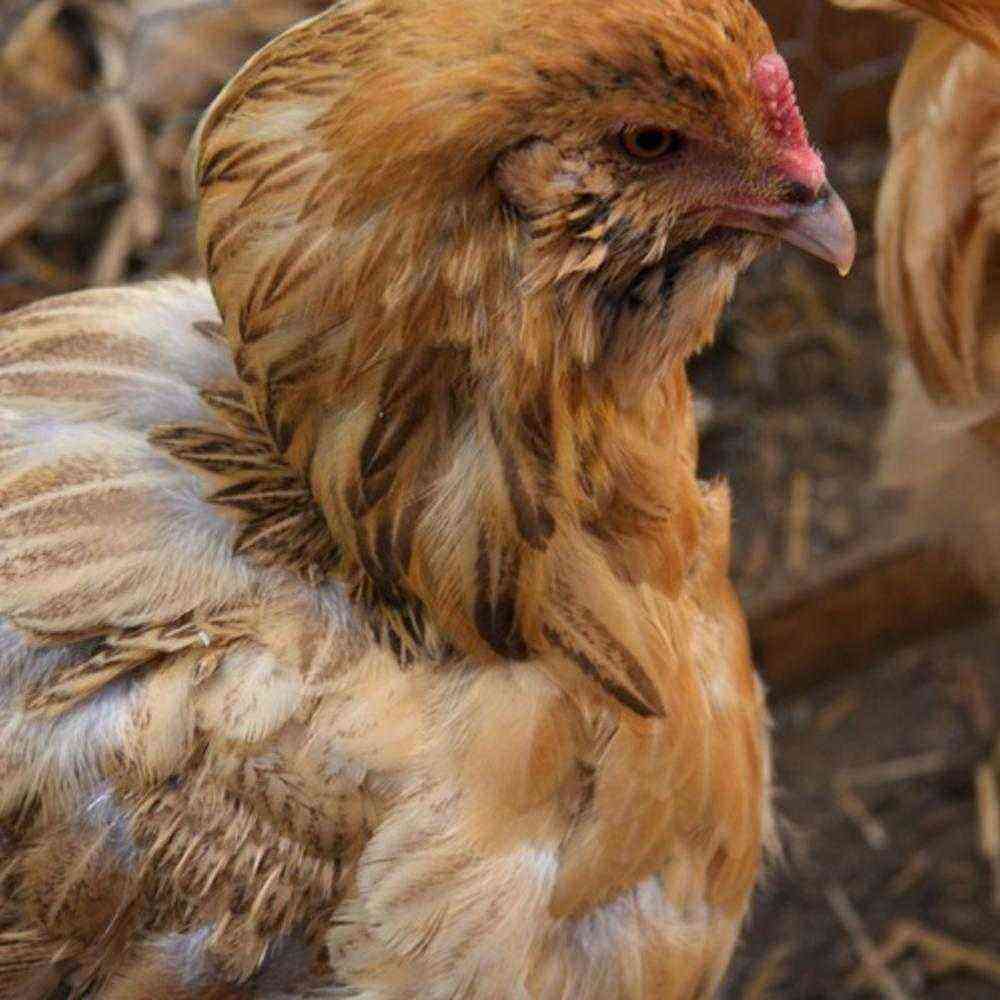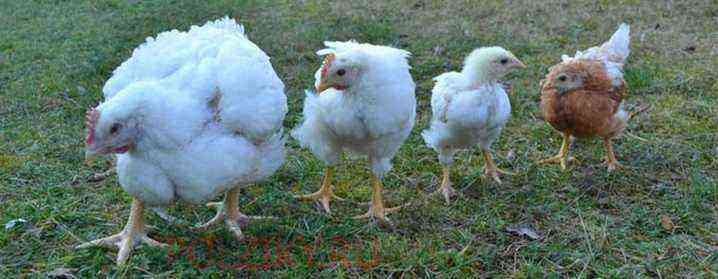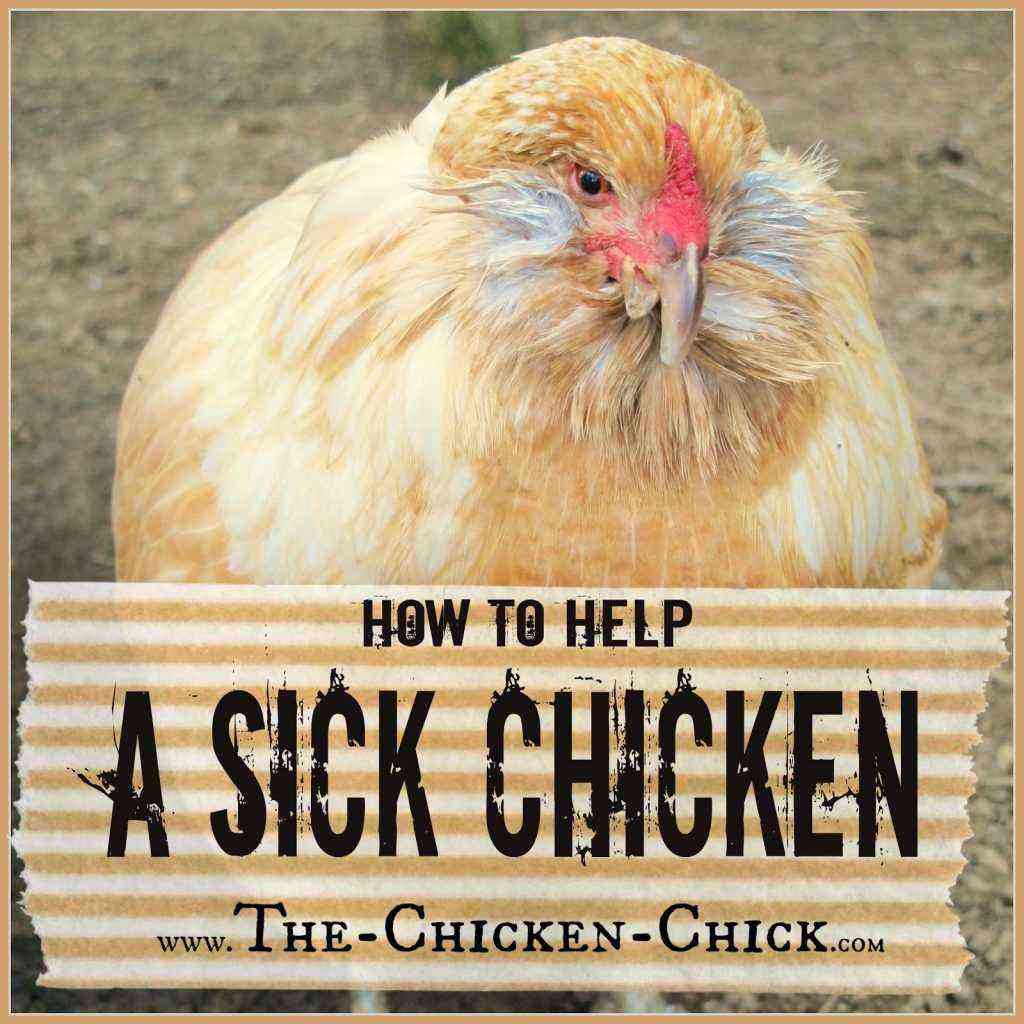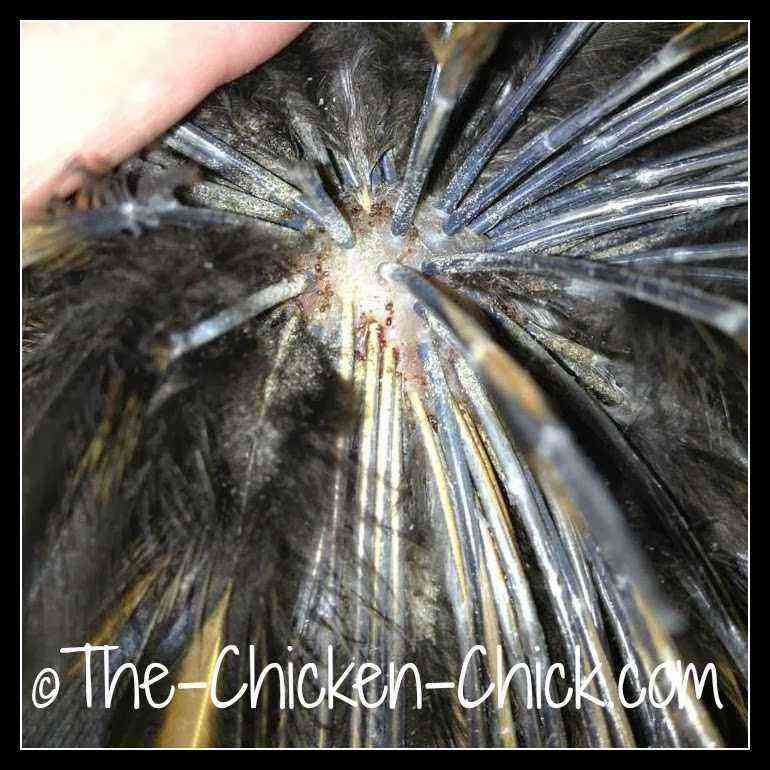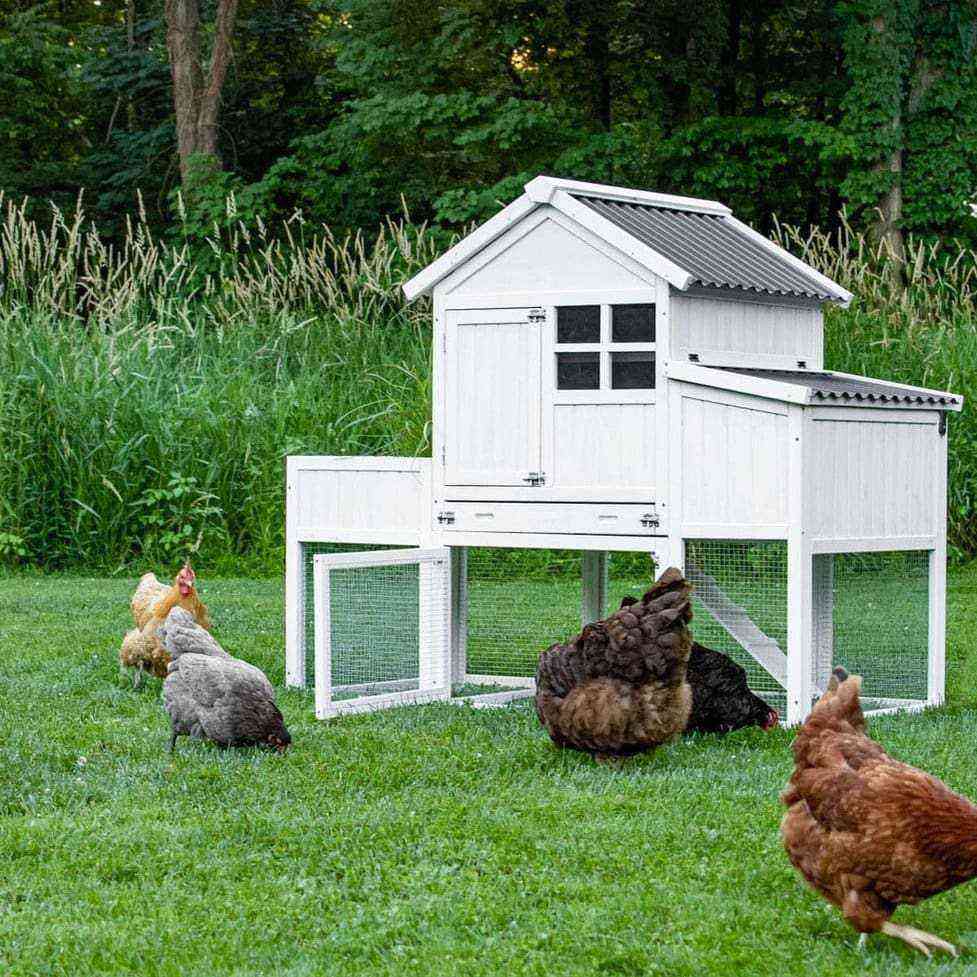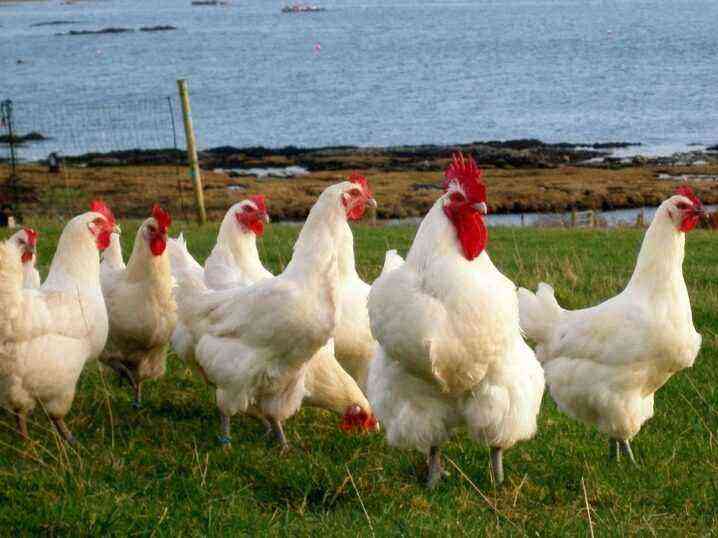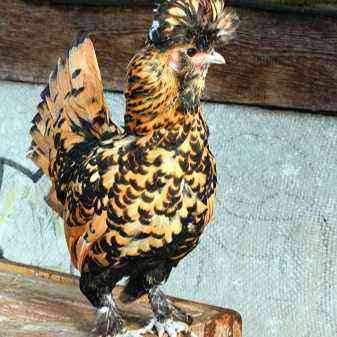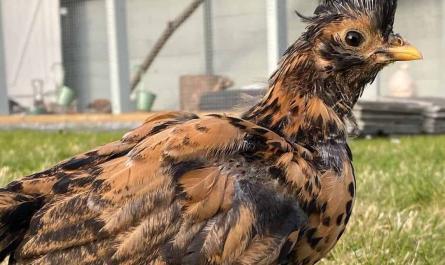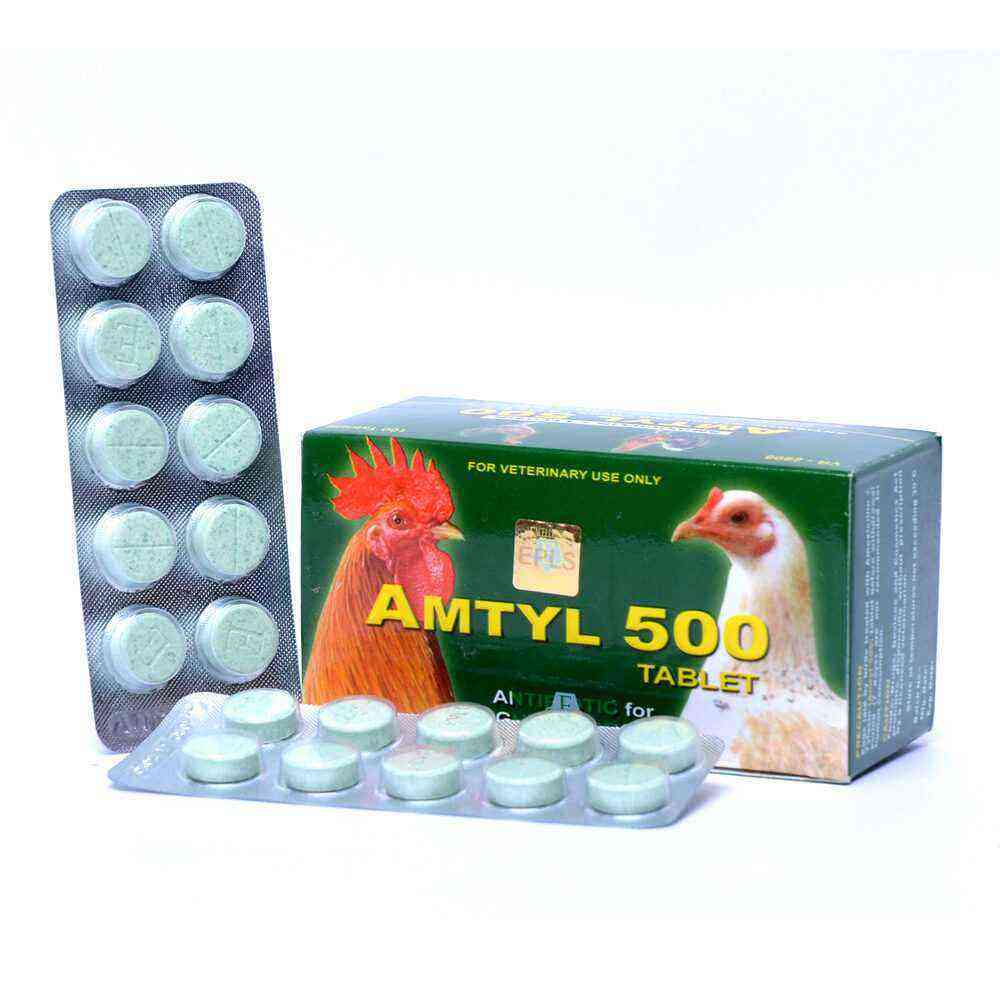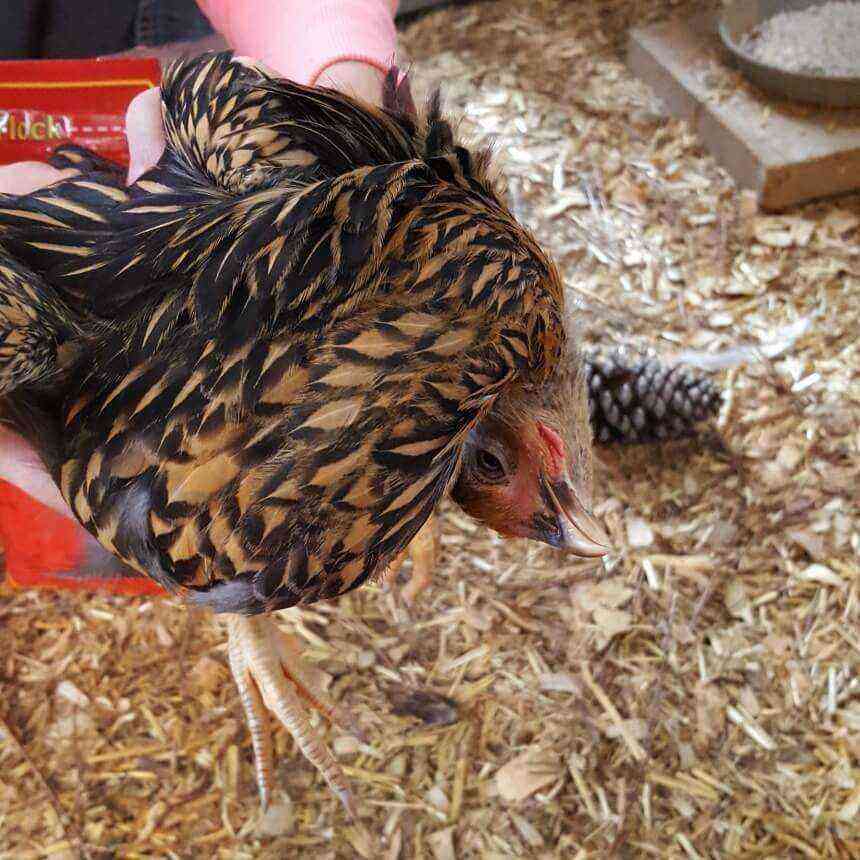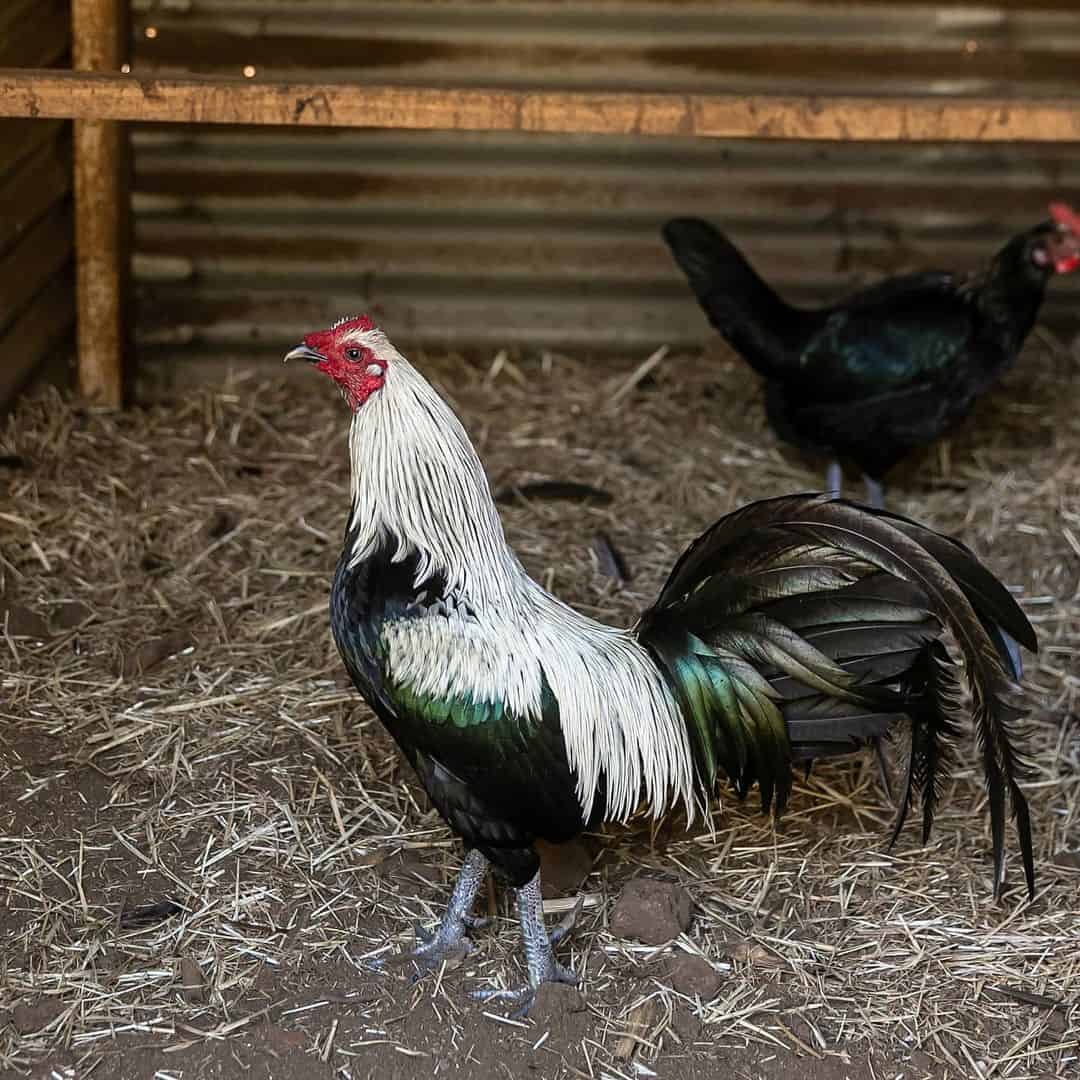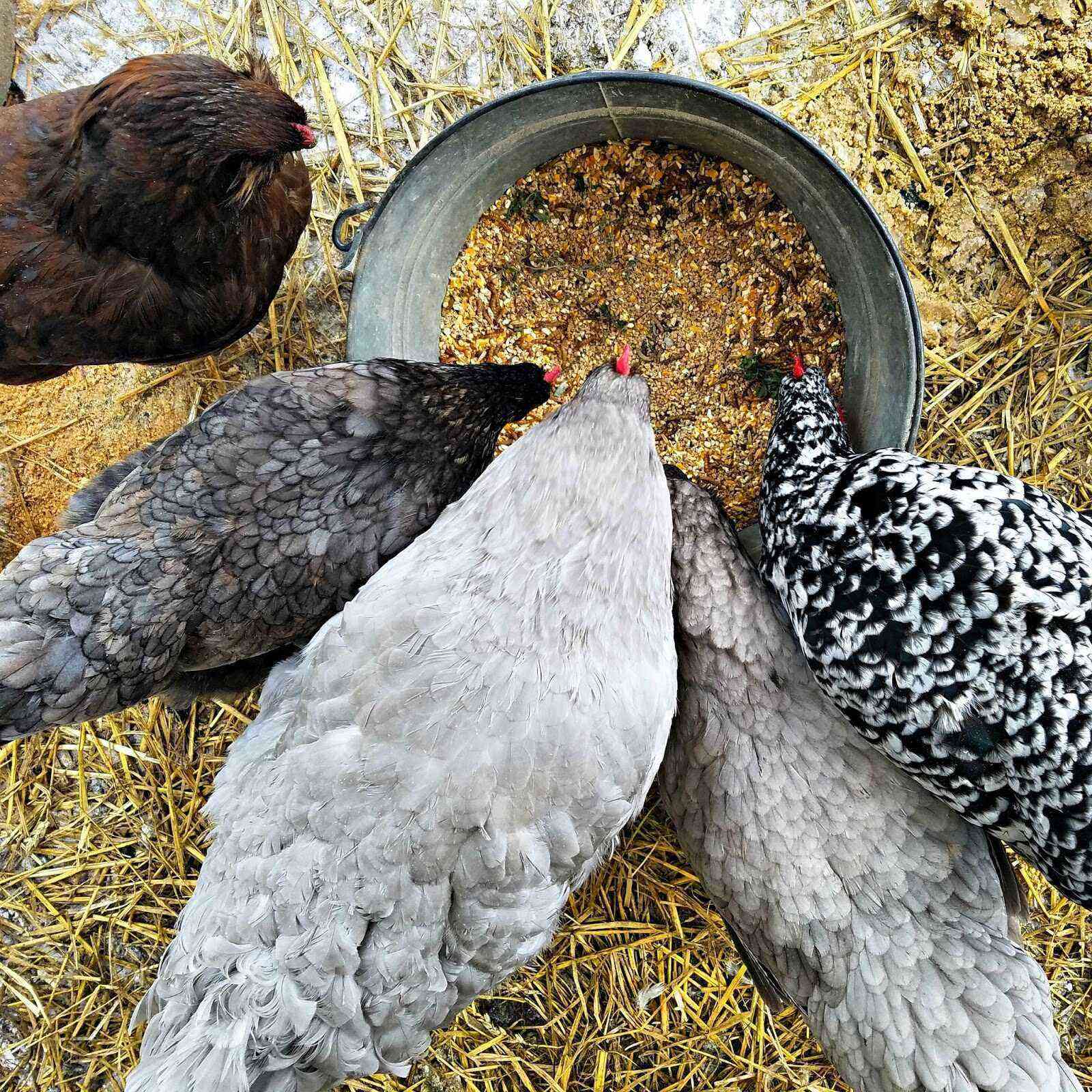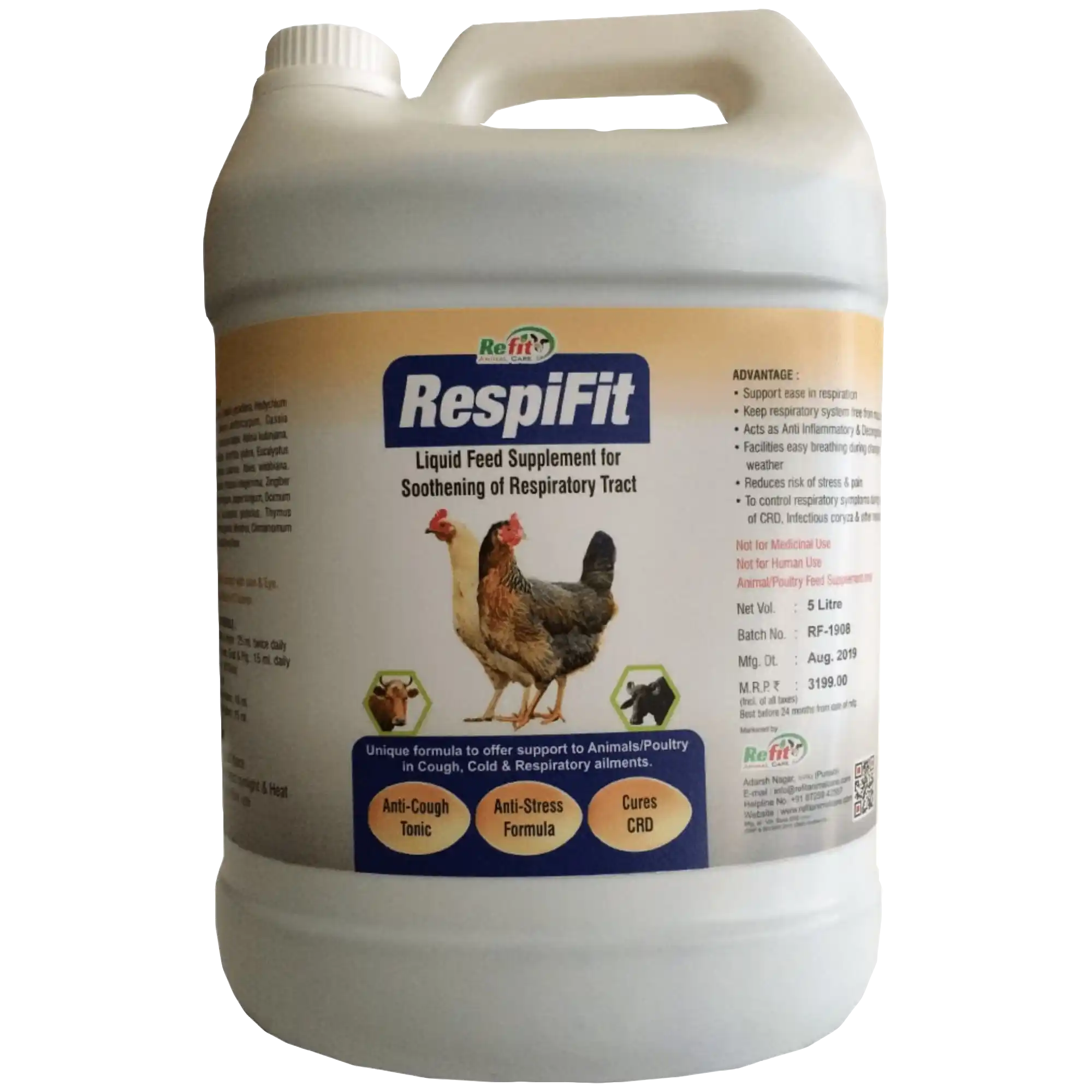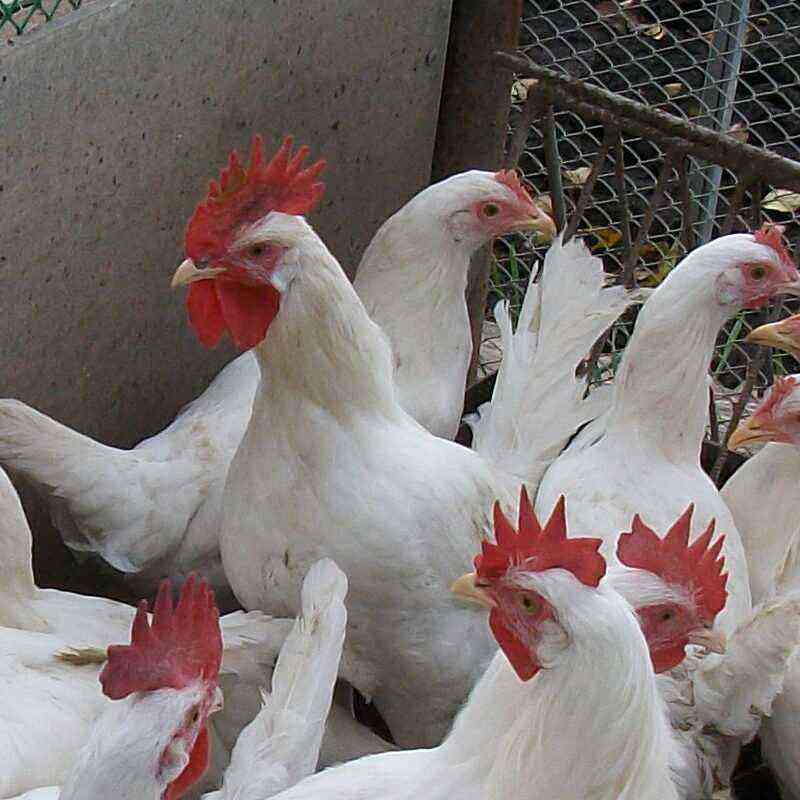Magyar chickens belong to the mass productivity direction of the bird. Their homeland is Hungary. The breed was bred by crossing Hungarian chickens with the Orpington breed. They are characterized by rapid growth, perfectly build muscle mass. However, for this, feathered pets must be properly fed.
On average, Magyara chickens lay about 180 eggs per year, and with good, high-quality, balanced feeding – up to 200 eggs. The average weight of one egg is about 55 grams. Shell color is brown. Adult laying hens gain up to two and a half kilograms of live weight, roosters weigh about three kilograms.
The Magyar breed of chickens is characterized by rapid adaptation to any climatic conditions. They easily tolerate heat, heat and also feel good even in severe frosts, in winter. Young growth calmly tolerates sudden changes in temperature and humidity in the house.
Laying hens make excellent mothers. They have an excellent maternal instinct. The hatchability of Magyar chicks is generally 100%. They are growing fast. In a fairly short time, a poultry farmer can get up to three kilograms of tasty, juicy meat.
The main disadvantage of keeping these feathered pets is the level of feeding. It must be at the highest level. Otherwise, the bird will slowly and not very effectively increase its live weight. The main product that must be in the diet of chickens is protein. Its deficiency leads to weight loss.
Magyars feel great in any conditions of detention. But it is more comfortable and convenient for them to walk, where they walk, move, look for pasture. On the floor of the house, it is best to lay hay and peat as bedding material. However, such bedding should be changed regularly to prevent the occurrence of various kinds of diseases in feathered pets. Additional insulation of the chicken coop is not needed. Feather perfectly protects laying hens from hypothermia.
Magyar chickens are prone to various diseases, so vitamin and other supplements should be present in their diet. The best basic food for them is mash from wheat, corn, peas, barley.


